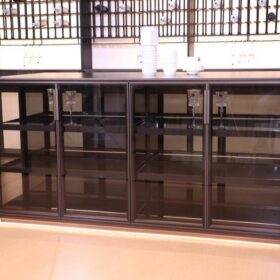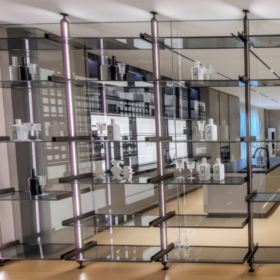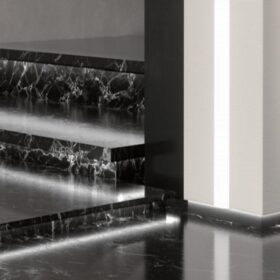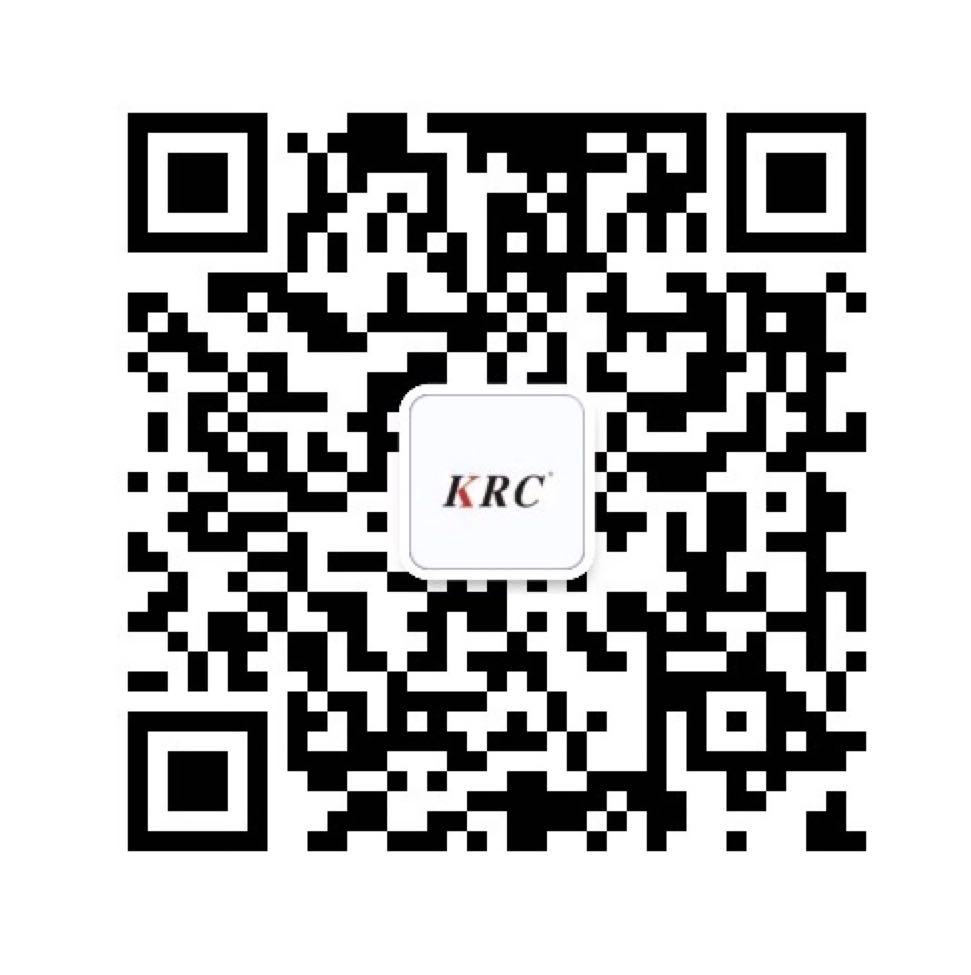Aluminium extrusions industrial profile
Aluminium extrusions industrial profile
Aluminum or aluminum extrusions are increasingly used in all walks of life, with different thicknesses creating a variety of complex aluminium extrusion products. Aluminum extrusion (or aluminum extrusion molding) is to put inside mold cavity (or container) of aluminium billet powerful pressure, forcing directional plastic deformation in aluminum billet produced from the die hole of the extrusion die extrusion, to obtain the required cross-section shape, size and has certain mechanical properties of parts or semi-finished plastic processing methods. The most common type of aluminum profile is the hollow beam profile, which is just a variation of the square profile. The corrosion resistance, corrosion resistance, and weather resistance of aluminum are one of its most significant advantages. Aluminum rusts naturally and is resistant to corrosion without additional treatment. This is due to the presence of a thin, naturally formed protective film of alumina on its surface. Through anodizing, it becomes more resistant to corrosion. Finally, aluminum has a very high strength-to-weight ratio, making it an excellent choice for industrial machine parts applications. In the aerospace industry, aluminium extrusion products have been a big part of the aerospace market from the beginning — the Wright Brothers’ original models used aluminum industrial machine parts in their engines to reduce weight. Today, aluminum makes up 75-80% of modern aircraft and is often chosen for construction and engines due to its lightweight but durability. In the transportation industry, where specific strength is critical, aluminium extrusion products are ideal for engine blocks, transmission housings, panels, roof rails, and chassis, as well as vehicle bodies and parts for automobiles, ships, trucks, railways, and subways. From Ford to Audi to Mercedes-Benz, automotive engineers and designers have been looking for ways to replace steel parts with aluminum to improve fuel efficiency and performance. Aluminum is also widely used in electric cars. Aluminum also can be squeezed into the design of the complex and was made to meet strict building product specifications, from the window and door, atrium and skylight, the ramp, the balcony, and all kinds of roof design, architects are turning to aluminum to build green, sustainable architecture helps to promote its application in many residential and commercial building products. In the electronics industry, aluminum industrial profiles are used in many electrical and electronic equipment. Due to their unique electrical and thermal conductivity, custom aluminum industrial profiles are commonly used in motor housings, high heat radiators, and interior frames. In some cases, complete product enclosures are designed with aluminum. Industrial aluminIum profiles are versatile and ideal for building automation applications. Aluminum is an excellent structural material and is ideal for industrial machine parts.
-
2024-11-29Top Trends in Modern Kitchen Cabinet Pulls for 2024
-
2024-11-28The Ultimate Guide to Modern Kitchen Cabinet Pulls- Materials, Styles, and Tips
-
2024-11-27Elevate Your Kitchen Design with These Must-Have Modern Cabinet Pulls
-
2024-11-26Sleek and Stylish- The Best Modern Kitchen Cabinet Pulls for a Contemporary Look










